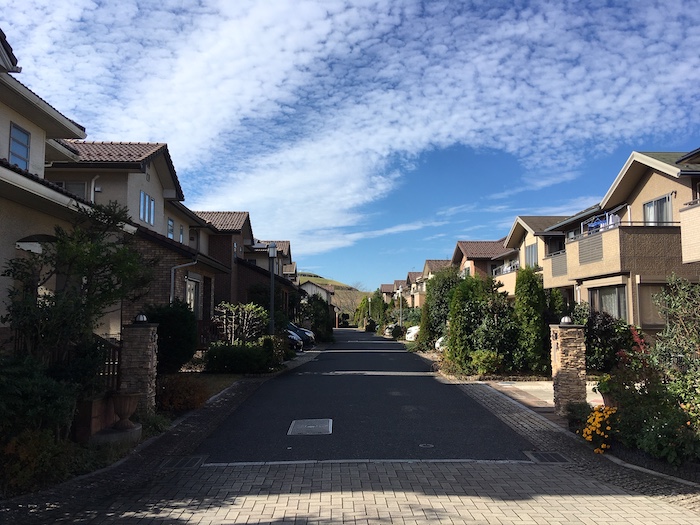Notes from underground
In recent weeks, we heard that the city where we live, Inzai in Chiba Prefecture, has become notorious for something. This has happened before; in fact, it’s happened several times. Though Inzai is about as nondescript as a Tokyo suburb can be, it occasionally pops up on the news for some reason or another. Earlier this year we were the butt of jokes because of a PR video produced by the city that had gone semi-viral because of its conflation of the name “Inzai” with the word “Indo,” which is the Japanese pronunciation of India. The video, fashioned after a low-budget Bollywood production, featured Indian tourists supposedly flocking to Inzai because they somehow mistook the city for their home country. Yeah, it deserved all the derision it attracted, and not just for the bad humor. More often, however, Inzai gets cited as one of the most “livable” cities in Japan for reasons we’ve talked about before and don’t need to get into again.
This latest blast of fame apparently originated on the prime time TBS information program “Newscaster,” which ran a mini-feature during its “7 Days” weekly review segment in September about all the homes on the Boso peninsula that had lost electric power during and following Typhoon Faxai. The main problem was that the strong winds blew over utility poles, many of which were in poor condition due to neglect. Because of all the work involved in getting utility lines back up, some sections of Chiba Prefecture didn’t have power for more than two weeks. In order to illustrate what could be done in the future to avoid such disasters, TBS visited Inzai, where a lot of new single-home construction is currently taking place. They went to one development near Inzai Makinohara Station on the Hokuso Line, the same station we use, because this neighborhood did not have utility poles. All the electrical cables are underground. Burying cables is the norm for most of the developed world, but Japan is way behind. In Tokyo only 8 percent of cables are buried; in Osaka only 6. In Hong Kong, London, and Paris all the cables are underground. Read More


